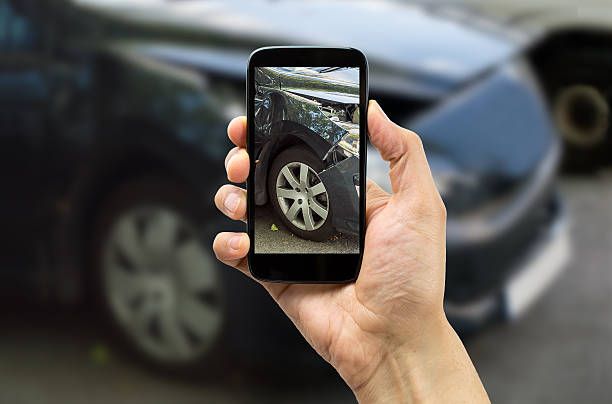The specifics are crucial when assessing car damage. Capturing micro damages—tiny scratches, dents, and abrasions that can be overlooked—is essential for accurate documentation and valuation. This process aids in transparent insurance claims and ensures vehicle owners and potential buyers understand a vehicle’s condition. Car inspection stations play a pivotal role, offering tools and guidelines to enhance the accuracy and efficiency of damage documentation.
Understanding Micro Damages
Micro damages refer to minute imperfections that may not be immediately visible but can significantly impact the vehicle’s aesthetic and resale value. These include minor scratches, small dents, and slight paint abrasions. Despite their seemingly negligible appearance, such damages can affect the vehicle’s structural integrity and longevity. Proper identification and documentation of these damages are essential for a thorough vehicle inspection report.
Preparation for Capturing Images
Before capturing micro damages, gather the necessary equipment. A high-resolution camera or smartphone with excellent camera capability is paramount. A tripod can help steady the camera and avoid blurriness. Ensuring the vehicle is clean is critical; dirt can obscure micro damages. Optimal conditions include adequate daylight or a well-lit indoor space to highlight even the smallest imperfections.
Techniques for Photographing Micro Damages
Effective photography of micro damages hinges on several key techniques. Proper lighting is crucial; natural light is ideal, but soft artificial light can prevent harsh shadows and reflections. Focusing on details requires using the camera’s macro mode or manually adjusting the focus to capture sharp images of tiny scratches or dents. Exploring different angles is also important; taking photos from multiple perspectives can reveal damages that might be invisible from a single viewpoint.
Video Documentation Strategies
While photographs are invaluable, videos offer a dynamic perspective that can capture the extent and context of damages comprehensively. Videos can demonstrate the continuity of a scratch or the depth of a dent. To capture effective videos, slowly move around the vehicle with a steady hand or use a stabilizer. Highlight each damaged spot clearly, narrating observations for additional context. This step-by-step documentation creates a vivid representation of the vehicle’s condition.
Common Mistakes to Avoid
When capturing micro damages, several pitfalls can compromise documentation quality. Blurry images often result from camera shake or improper focus; using a tripod can mitigate this. Inadequate lighting can obscure details, making damages hard to discern. Ensuring the area is well-lit is paramount. Ignoring contextual shots is another mistake; while close-ups are essential, wider shots that show the damage in relation to the vehicle provide valuable context.
Utilizing Technology for Enhanced Imaging
Leveraging advanced technology can significantly enhance the quality of damage documentation. High-resolution cameras, whether standalone or integrated into smartphones, capture fine details that lower-resolution devices might miss. Software for image enhancement can further clarify and highlight micro damages, ensuring every imperfection is visible and documented.
Submitting and Storing Documentation
Once images and videos are captured, submitting them to inspection stations follows specific best practices. Ensure all files are clearly labeled and organized, making it easy for assessors to review the documentation. Utilizing cloud storage solutions facilitates easy submission and provides secure long-term storage, ensuring the documentation remains accessible for future reference.
By adhering to these guidelines, vehicle owners and professionals can ensure that every micro damage is meticulously captured and documented, facilitating transparent and accurate vehicle assessments through car inspection services near me and vehicle inspection stations near me.



